Summer is here, and the travel industry is ready to kick off one of its busiest seasons. But with so many brands vying for buyer attention, it’s crucial to stand out from the crowd. As a travel firm, how do you ensure that your brand not only gets noticed but also builds a loyal following of customers who keep coming back to purchase your services? The answer lies in implementing the right strategies that engage, delight, and make customers feel that you care about their needs, the answer lies in user retention.
In this article, we’ll reveal seven proven strategies to boost brand awareness, entertain and engage customers, and bolster your retention levels. So are you ready to make a huge splash in the crowded travel and hospitality market? Dive right in!
Strategy #1 Build a community of like-minded travelers
Building a strong community of like-minded travelers can take your business to new heights. Travelers love sharing stories and trading reviews of the best tourist spots or eateries of a location. By making room for this exchange, you become more than just a travel company – you become a community.
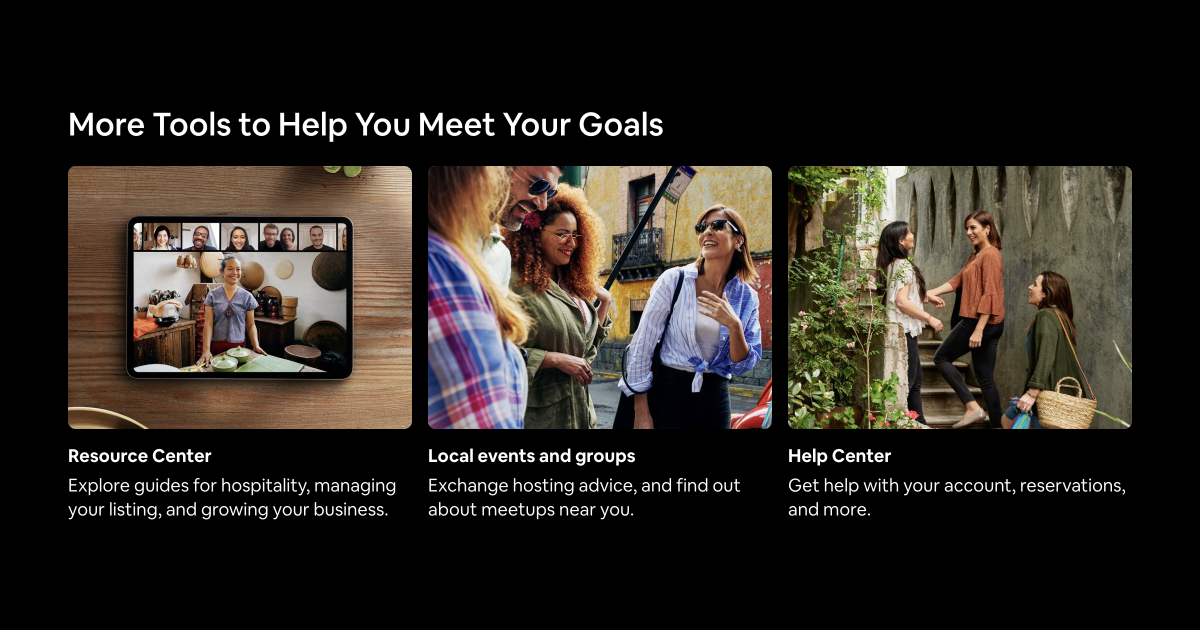
One way to do this is to create exclusive groups for loyal customers. These could be forums for sharing travel advice or spaces for accessing premium content and deals. By granting access to this community through repeat bookings or purchases, you give customers an incentive to stay with your brand.
The benefits of building a community go beyond customer retention. As your customers share their experiences and recommendations with each other, your brand becomes more memorable, and your reach expands. Word-of-mouth marketing is one of the most valuable marketing tools, and a strong community can help you tap into that power.
Strategy #2 Post consistent, relevant, and relatable social media content
The power of social media goes beyond showing off our latest vacation photos (even though most of us love seeing those!). Social media serves as a valuable tool to build relationships with users and maintain their interest in your brand.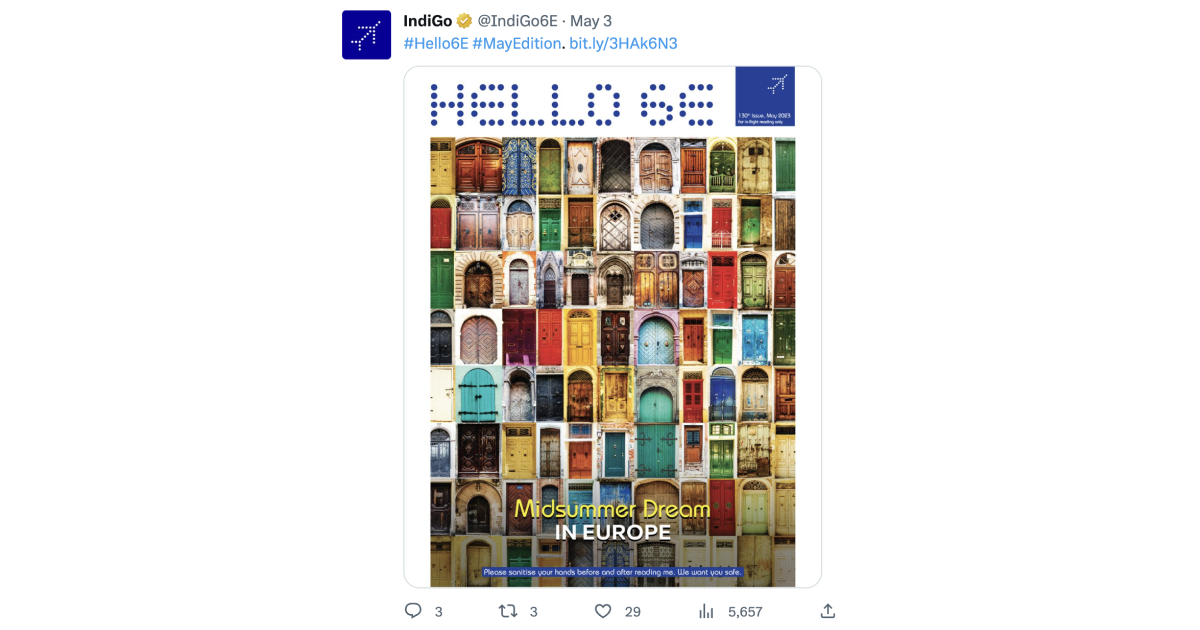
An effective social media strategy calls for crafting relevant, consistent, and engaging content. With summer around the corner, you could create fun and informative posts about summer travel. You could share some cool travel tips or funny memes that make your followers smile. Don’t forget to reply to comments and queries – it’s an excellent way to show you care about and value their opinions.
Contests and giveaways on social platforms are fantastic ways to get people excited and engaged. You could run a competition where customers get a chance to win a free stay at one of your hotels or a free flight to their dream destination.
Live streams are another great option – you could host a Q&A session, a virtual tour of your hotel, or even a cooking class featuring local cuisines.

And let’s not forget about user-generated content. Encourage your customers to share their travel photos with your brand’s hashtags. It’s a win-win – you get relevant and authentic content to share, and your customers get the chance to show off their travel snaps to a wider audience.
Creating relevant and consistent social media content can be a huge incentive for your audience to follow your brand and eventually convert.
Answering popular and specific questions that travelers have about popular destinations or services is a great way to build authority in this domain. And let’s face it, who doesn’t love a good travel article?
Finally, don’t forget about summer-specific promotions and discounts. Cleartrip’s Nation On Vacation sale is a nice example of taking advantage of the summer vacation season to offer discounted deals on hotels and flights.
Strategy #3 Use hyper-personalization to tailor offerings
Like many other industries, hyper-personalization is the secret sauce to retaining your travel and hospitality customers.

Customers will keep returning to your brand if you show them you understand their needs and preferences. Hyper-personalization allows you to create customized experiences that cater to your customers’ specific interests.
A Statista study found that 72% of those surveyed were more likely to visit a place if the advertisement was personalized to their taste. Additionally, 69% admitted to preferring hospitality businesses that adopted personalization when communicating with users.
Segment your customers based on demographics, purchase patterns, and the kind of travel experiences they prefer. Use a Customer Data Platform (CDP) to collate all your data sources and make real-time updates. This updated profile will help you personalize your offerings even further.
Customized travel itineraries are a great favorite among buyers. You could offer private tours or kids’ activity classes based on your specific customers’ demographics, hobbies, and travel histories.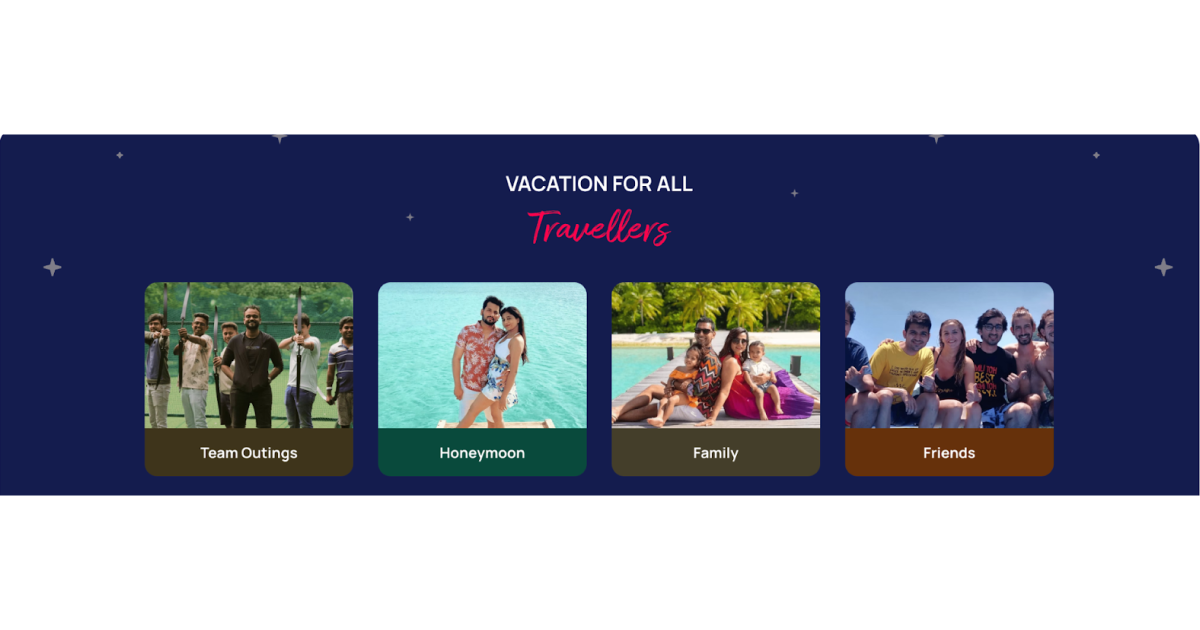
With the rise of remote work and wellness tourism, you could also tailor your offerings according to the guests’ reasons for traveling. Many professionals find it distracting to work from home, which has led to a trend of working from hotels. Brands like Accor and Hoxton are already offering workspaces to guests.
To attract working travelers to your premises, offer them personalized perks like separate sections to work from peacefully, unlimited tea and coffee, and discounted rates for frequent bookings.
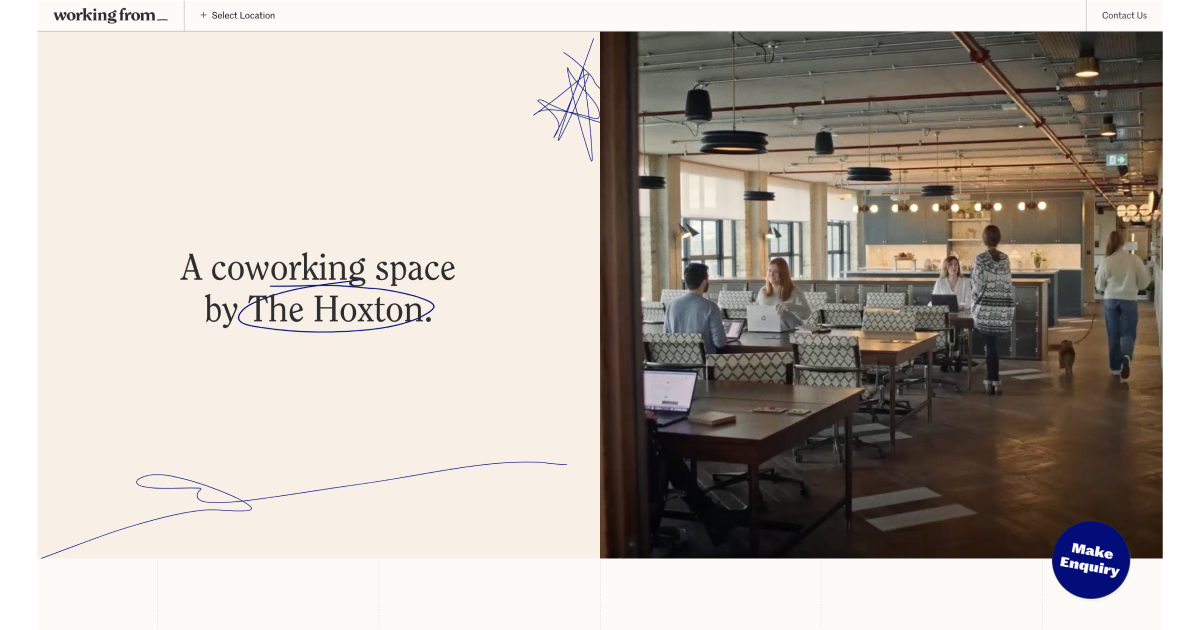
But in order to hyper-personalize your offers, you need to understand your buyers first. Pickyourtrail, India’s largest D-I-Y holiday booking platform, used WebEngage’s Retention Operating System to get a unified view of each customer. They segment users based on their behavior on the Pickyourtrail website. Finally, they personalized the brands’ engagement with customers through automation.
As a result, traveler engagement on their platform grew by 50%, and they saved 60% of human hours.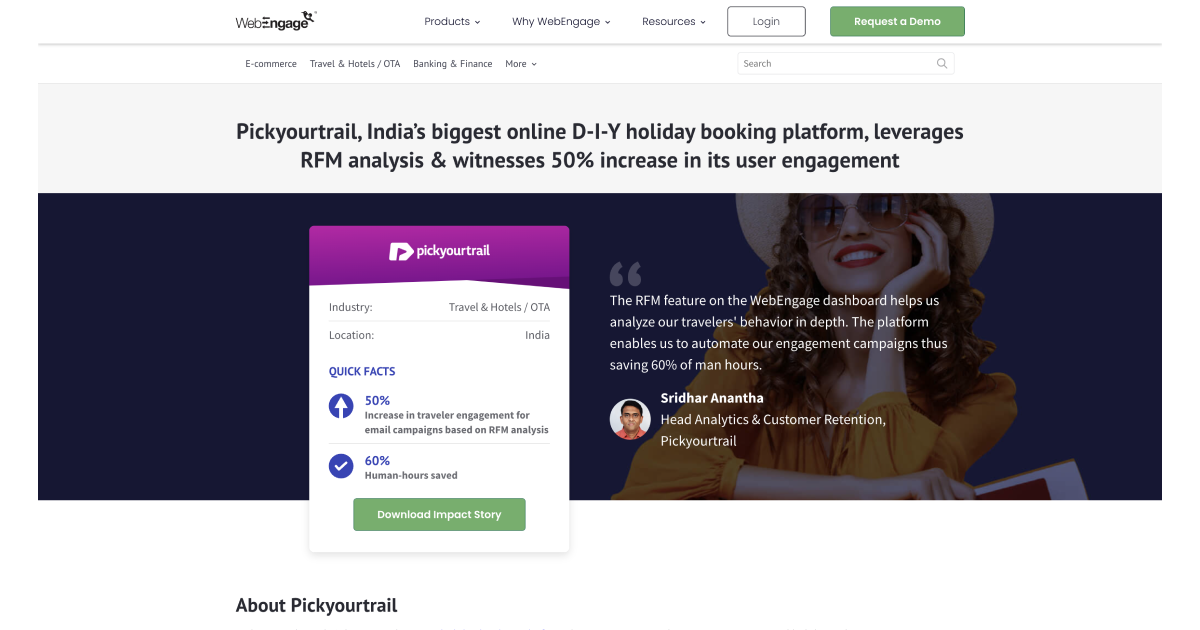
DOWNLOAD THE IMPACT STORY HERE
Strategy #4 Leverage technology stack for user retention and to automate communication
It’s not possible to keep track of every single prospect and engage in personalized communication with each one. That’s where marketing automation tools come into play. By setting up the frequency of communication based on customer responses, you can improve your chances of repeat bookings and referrals.
Automated communication can also be used to ask for feedback, offer reward points, or provide customized information about travel queries. With automation, you can ensure that no message goes unanswered, and you’ll have more time to craft better messages that cater to different customer segments.
To provide a truly personalized customer experience, you need to unify your data, segment your audience, optimize their experiences, and develop a seamless and quick way to deliver relevant communication to each segment at all times. WebEngage makes it easy to integrate data and send relevant communication, helping you bring back repeat buyers and keep your customers engaged.
Headout, an on-demand marketplace for travelers, used marketing automation tools from WebEngage to build a unified user view, build campaigns with shorter cycles, and carry personalized and contextual communication with users in their preferred languages.
As a result, the company experienced over 27% new users booking through its platform, over 10% cart abandoners returning to make a purchase, and 90% faster campaign implementation.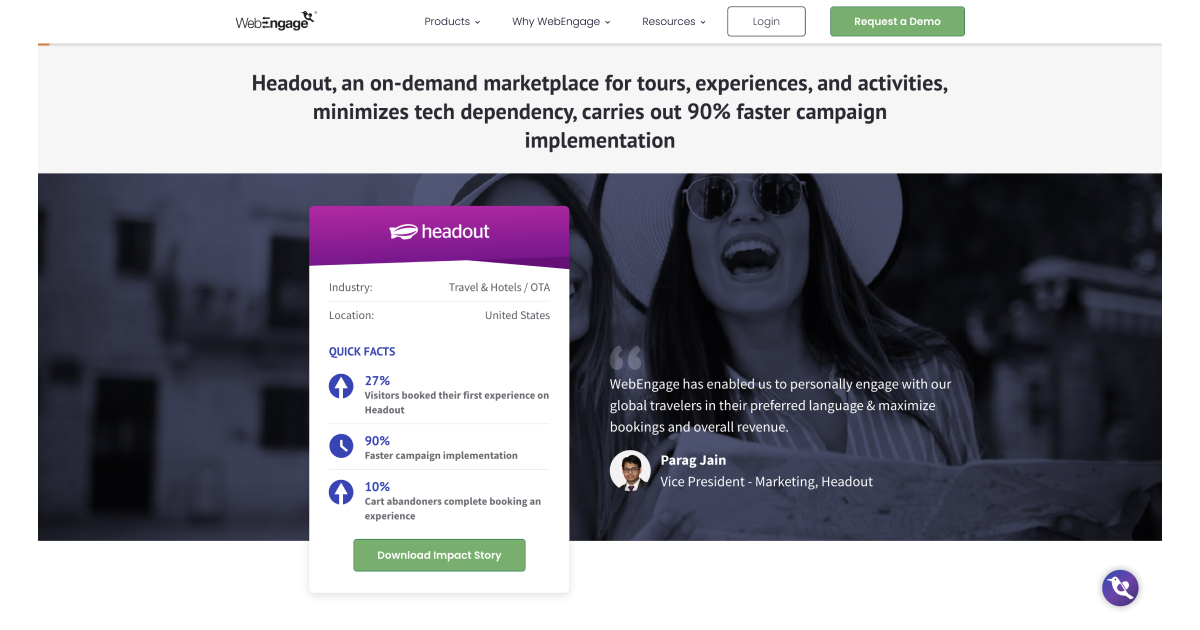 DOWNLOAD THE IMPACT STORY HERE
DOWNLOAD THE IMPACT STORY HERE
Strategy #5 Understand repeat booking motivations
To encourage repeat bookings, offer incentives that cater to the guest’s specific needs and desires. Personalized greetings, comfortable accommodations, and tailored experiences can make a significant impact on the guest’s experience and their willingness to book with you again.
It’s important to understand what motivates a traveler to do repeat bookings. Is it the convenience of your workspace, your free transportation service to local tourist spots, or your complimentary breakfast buffets?
By understanding the guest’s motivation, you can offer them personalized incentives. Meaningful gestures like providing specially-made khichdi that’s not on the menu when a guest isn’t feeling well, or customizing a day trip itinerary for a family with elderly members, can create a lifetime of loyalty.
While loyalty programs are great, it’s the smaller gestures that can make a huge difference. By using your CRM to understand what motivated guests to book with you, you can create buyer personas and target them effectively for repeat sales. Keep track of the incentives you offer, and observe the ones your guests acted on. By associating these incentives with your guest booking personas, you can see what motivates repeat bookings for different audience members and focus your efforts accordingly.
When COVID-19 hit, Thrillark, a managed marketplace curating experiences for travelers, experienced a downturn. That’s when WebEngage empowered it with campaign execution strategies to retarget repeat visitors.
As a result, Thrillark witnessed a 60% rise in user engagement and a 15% increase in repeat purchases.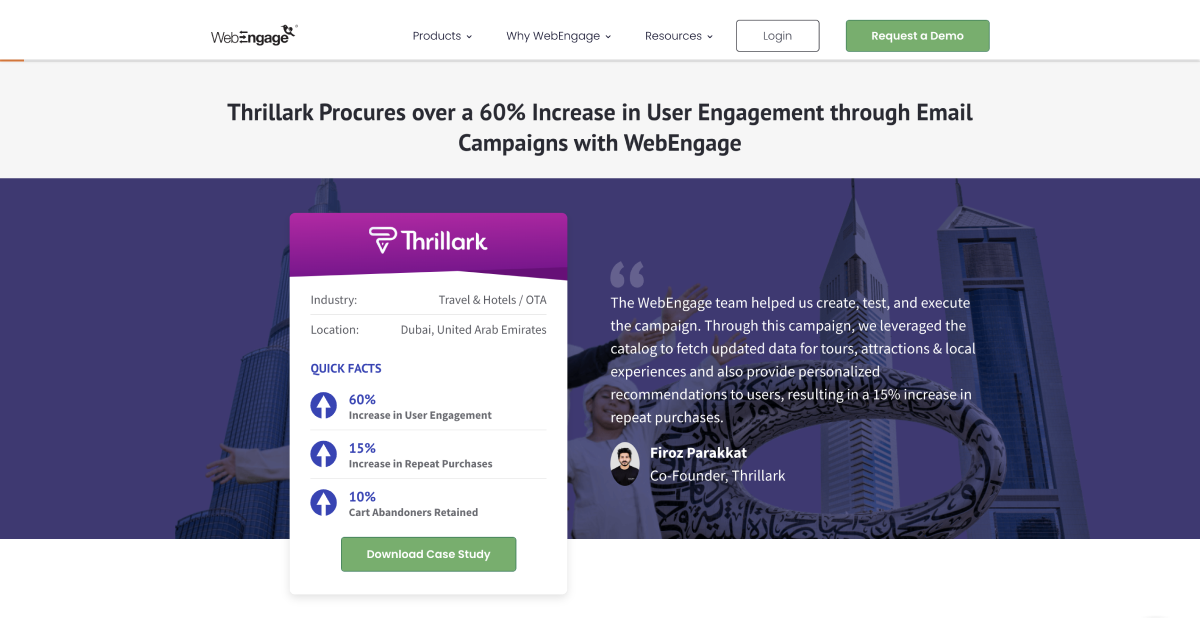
DOWNLOAD THE IMPACT STORY HERE
Strategy #6 Create customer-focused loyalty programs
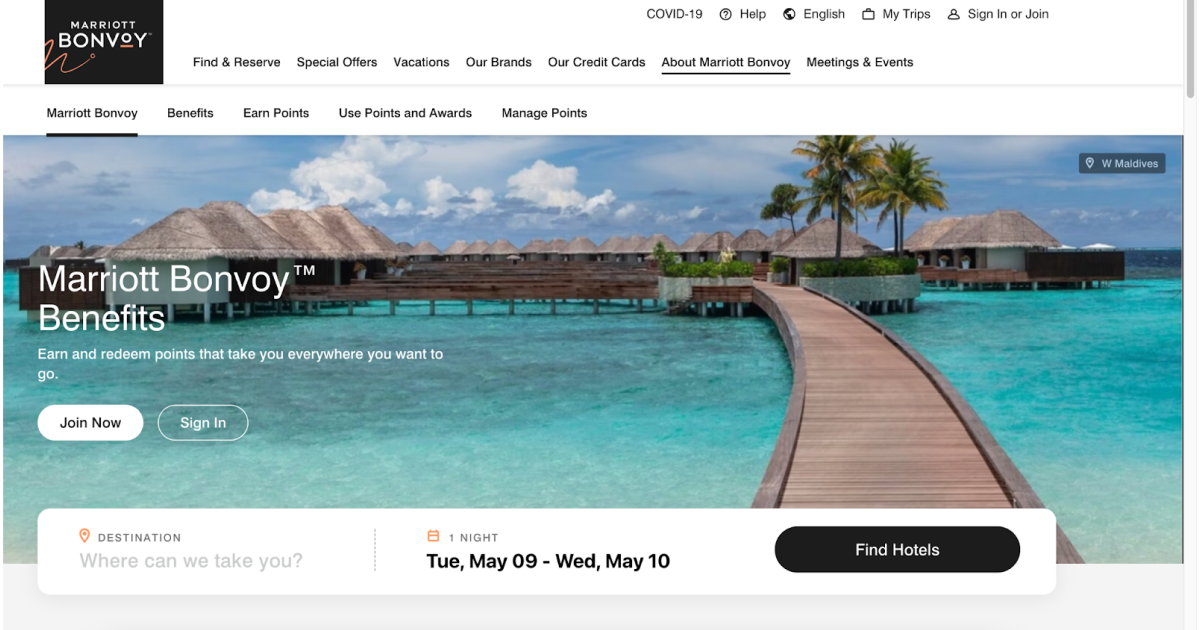
Most of the rooms at big hotel chains are booked by loyalty members. InterContinental Hotel Group (IHG) revamped its loyalty programs in 2022 and witnessed that its enrollments rose upto 30 percent year-over-year, with more than 11 million new members added.
But times are changing. The younger generation of travelers has a different set of tastes compared to their older counterparts, and simple point-based rewards just won’t cut it. That’s where personalization comes into play. It doesn’t have to be expensive, but sending travelers personalized suggestions based on their preferences can go a long way in building brand retention.
There are various ways to reward your guests, such as providing standard loyalty points that they can redeem when booking flights or hotels, rewarding them for their spending, or incentivizing them for referring other customers. By creating personalized incentives, you not only create a sense of exclusivity but also show your guests that you value their business and want to make their experience with you as memorable as possible.
Strategy #7 Take guest feedback seriously
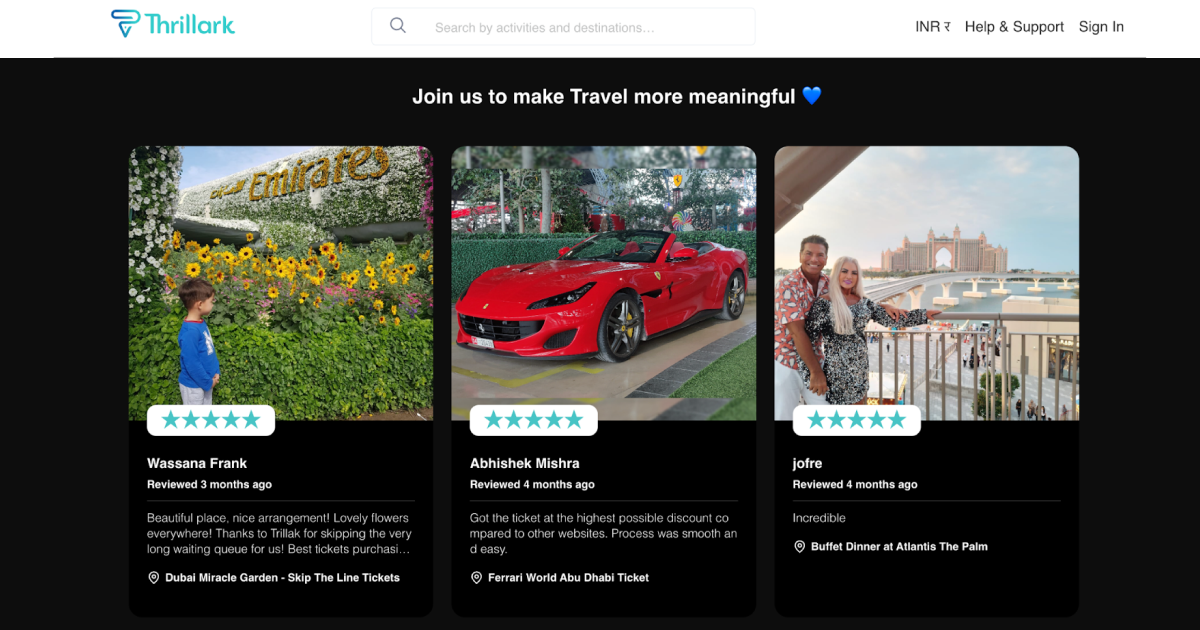
In the travel and hospitality industry, listening to guest feedback is crucial for improving your brand and building a strong reputation. With the rise of review platforms like Booking.com and TripAdvisor, there is no shortage of reviews for hotels and attractions these days. Taking your guests’ feedback into consideration might not only improve your product but it can also boost customer loyalty.
Imagine a guest wrote a review stating that the breakfast buffet served at 8 AM made them miss it during their stay as they left the hotel to explore tourist spots by then. Now, consider their perception of your brand when you tell them that you’ve taken their feedback into consideration and breakfast is now being served from 7 AM.
Remember, positive customer reviews can help spread the word about your brand more than the most powerful advertising medium. So, be sure to prominently display glowing customer reviews on your website, social media channels, and email campaigns.
Final Thoughts: 7 tips to 2X user retention this summer as a travel brand
Now that you know the best strategies to make your travel and hospitality clients keep coming back, you can elevate your marketing game and create an unforgettable experience for them. From crafting unique travel packages to leveraging user-generated content, these strategies can create a lasting impact and build lifelong customer relationships. By listening to your users and prioritizing customer engagement and satisfaction, you can ensure a successful and profitable summer season and beyond.
And with Webengage’s user retention tools, you can personalize your communication, create engaging campaigns, and boost your retention quickly. Book a demo with us to see how we helped our travel and hospitality customers like you amplify their customer retention with our retention-led marketing strategies.































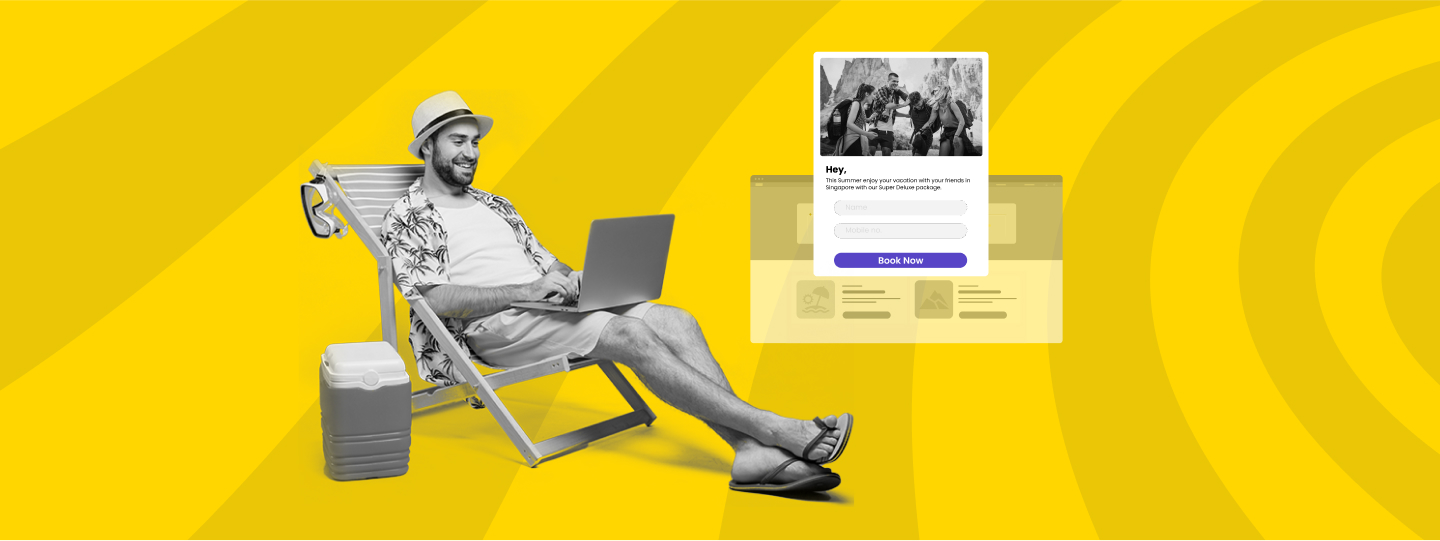

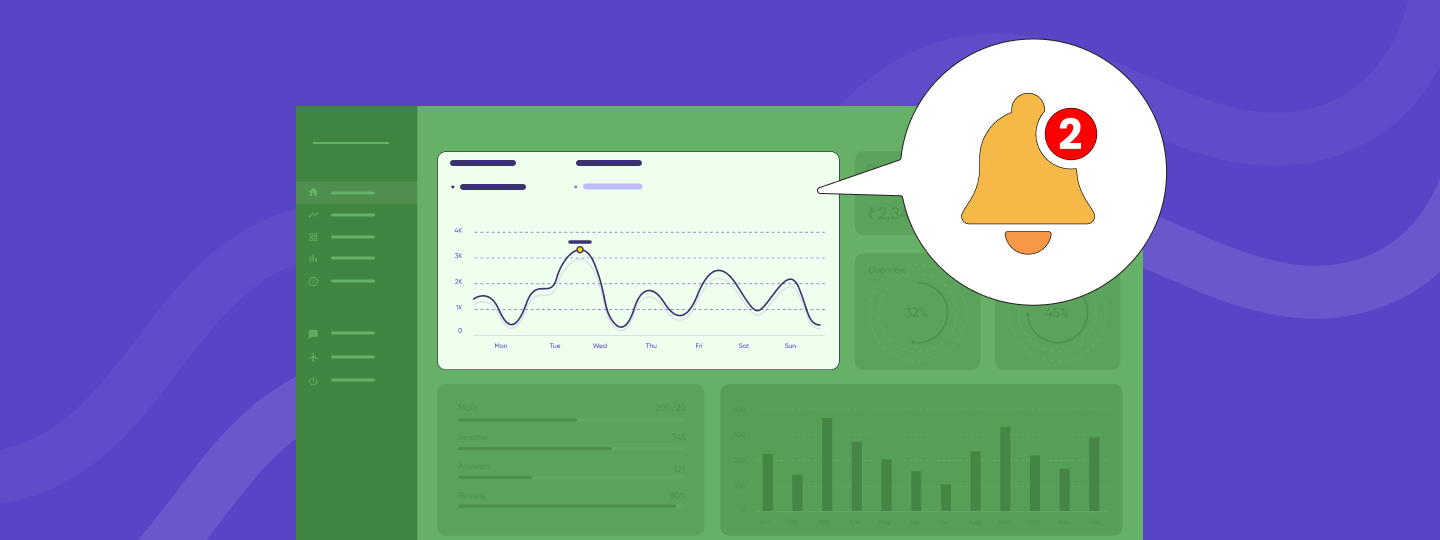
 Prakhya Nair
Prakhya Nair
 Sanjay Mishra
Sanjay Mishra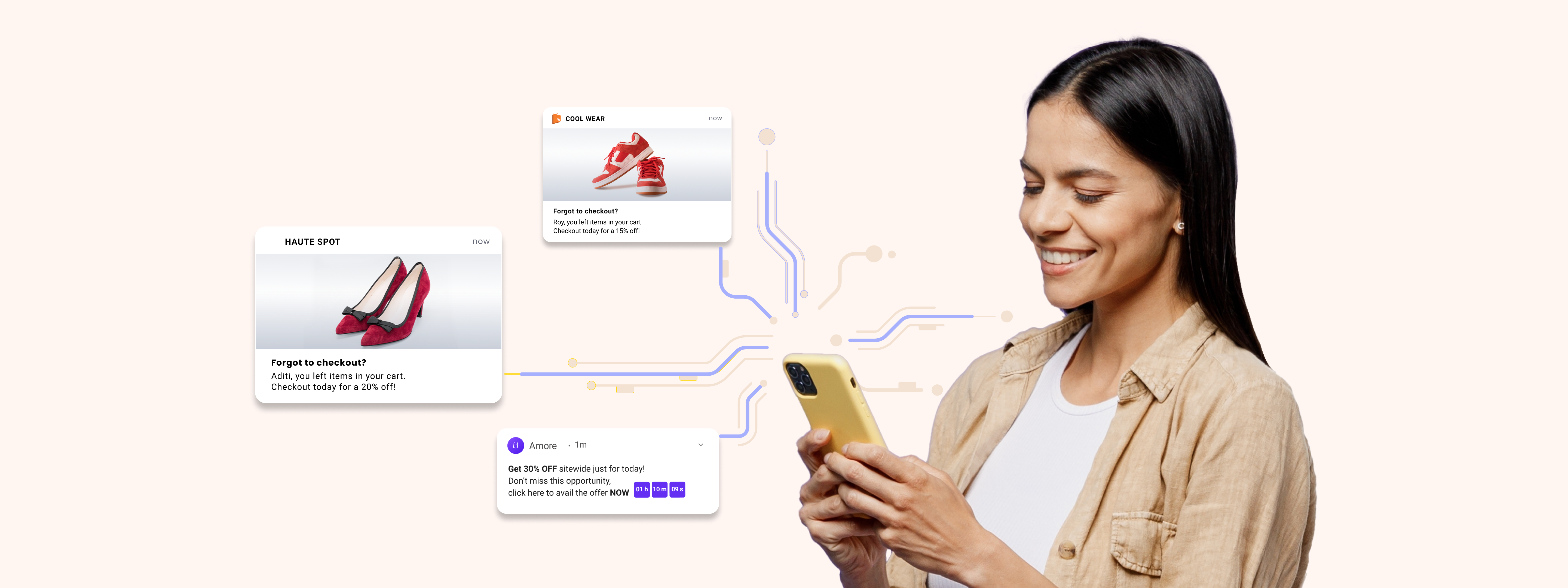
 Abhijat Shukla
Abhijat Shukla